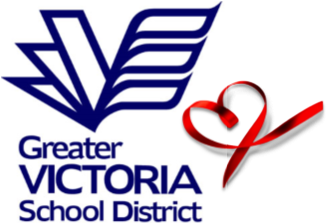
|
September 9, 2020
Secondary
Welcome Back...

|
|
|
|
|
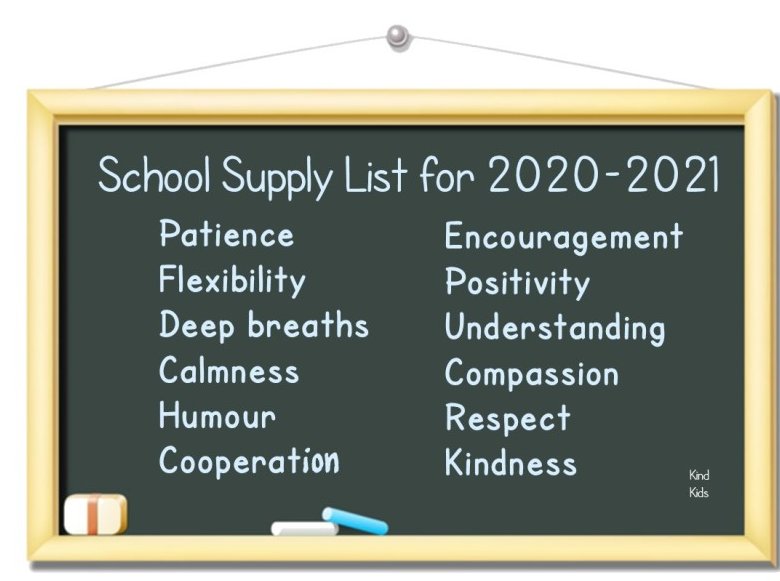
|
This summer provided a brief period to catch our breath, and as we enter September return-to-school plans across BC are in motion. All School Districts and schools have been coordinating complex schedules, managing teacher, student, staff and community safety, and distributing resources.
|
|
|
We recognize that planning for the start of the school year has been a stressful time for parents as there has been a lot of uncertainty and unknowns related to schooling during the pandemic. We hope that this Snapshot will serve to support you in these challenging back to school times!
|
|
|
|
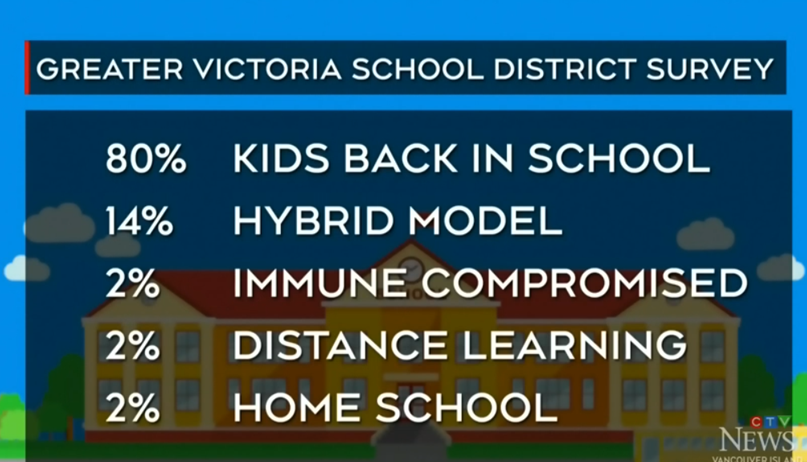
|
Greater Victoria School District Parent Survey Results: most of the 13,400 families that responded approved of in-class learning. Click on photo to watch the video (CTV Island News, Sept. 2, 2020)
|
| |
|
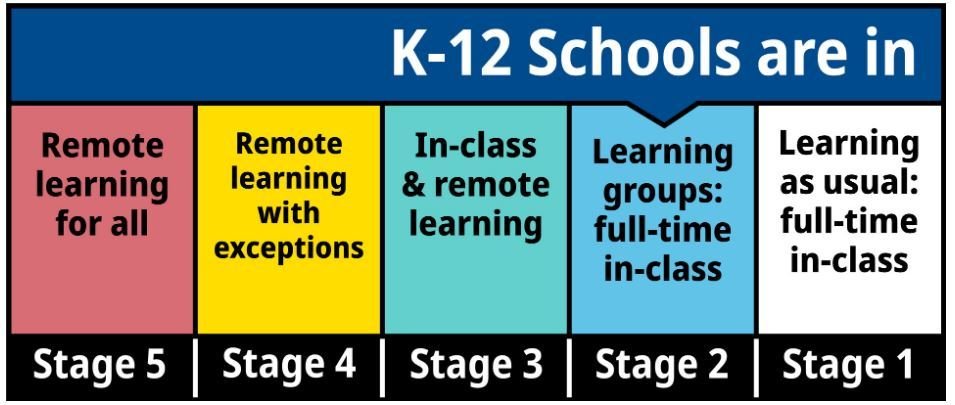
|
While B.C. has announced a return to
in-class instruction under Stage 2 for September 2020, school districts must have the necessary plans in place to be able to shift between stages if and when required.
|
|
|
|
|
All Greater Victoria School District employees are expected to read, know and organize their work in accordance with the Exposure Control Plan and BC Centre for Disease Control COVID-19 Public Health Guidance for K-12
Settings. Click here to download the Exposure Control Plan
|
|
|
Important Reminders
Each school will have slightly different protocols in place, based on the logistics of the different buildings, so look for specific guidelines from your school.
All schools are striving to limit the number of people in the building at any one time, so it is helpful to start with phone calls or
emails if you wish to connect to staff.
Plans for schools may change, as public health reacts to pandemic trends. Please be patient and ask for clarity if an aspect of the plan is confusing.
Secondary students are strongly encouraged to wear masks in public areas such as hallways
|
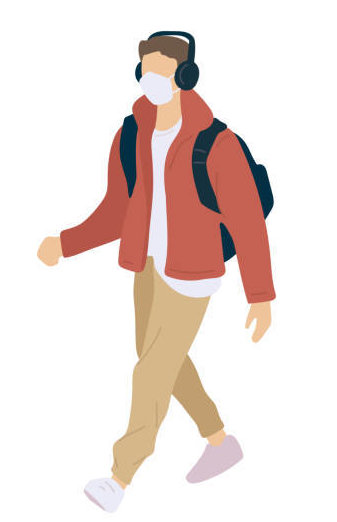
|
|
|
|
|
All regular Secondary Schools in Greater Victoria will be operating on a quarter schedule, meaning students will take 2 courses for 10 weeks. | The morning class will be in person 5 days a week, and the afternoon course will be 2 days a week face to face, 2 days remote, with one day set aside for 1 to 1 support.
|
|
|
After 5 weeks, the morning class will move to hybrid schedule and the afternoon class will occur every day in person.
|
|
|
 |
PROS of the Quarter schedule:
Allows students to be in 120 person, or less, learning cohorts for a term, as mandated by Ministry of Education and Public Health.
Lower numbers of students in cohort allows for physical distancing, contact tracing and other health and safety measures.
Students have social opportunities with peers in learning cohorts.
|
|
|
The focused concentration helps for organization (fewer courses to manage).
System allows for movement between the Pandemic phases, if need be (more or less in person contact).
Teachers and students get to know each other quickly, but then have the opportunity to have a “restart” after 10 weeks with new relationships and cohorts.
|
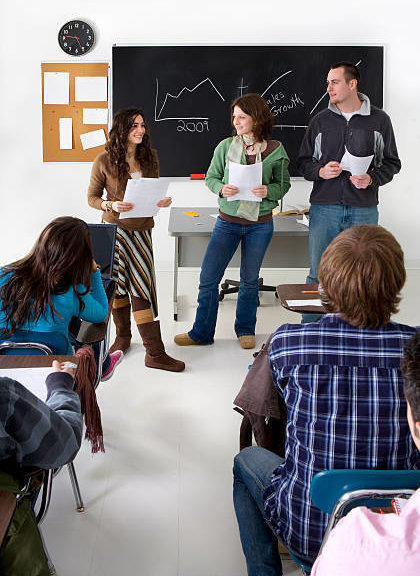 |
|
|
|
CONS of the Quarter Schedule:
Pace is very quick.
Attendance struggles may have a big impact very quickly for students.
Some students may struggle with the length of classes, and ability to maintain focus.
In-school social connections are limited to students in 2 courses, which may feel restrictive.
Students can‘t change cohorts mid term.
|
| |
|
|
|
|
|
|
| How to support your teen if they find the Quarter format challenging:
|
| |
|
Talk to your child about the pros and cons, so they know the potential concerns with the quarter system, and can have plans in place if needed.Co-create a work plan for the hybrid class, so your child can keep up with the
work. Click here to download
Tips on Time Management
|
Reach out to classroom teacher right away, if you or your child has concerns.
If you continue to have concerns, reach out to the school administrators, counsellors and/or Learning Support teachers (classroom teacher can also refer).
|
Every school will have supports in place for youth that struggle with this format; some students may do better than they would in regular semester or linear formats.
Mental health supports at schools and in community are still available to youth. Reach out to the school counselling department to investigate options if needed.
|
|
|
|
| How Do Students in Grades 10-12 Learn?
|
| |
|

| High school is a critical period for adolescents to develop the necessary skills for whatever paths they choose in their transitions to adulthood. They learn to become independent thinkers as they apply knowledge from the classroom to real-life scenarios. They continue to build on their primary education across subjects by learning how to:
- Read and think critically
- Write research papers
- Give oral presentations
- Communicate in foreign languages
- Understand that problems can be solved in multiple ways
Adolescents are exposed to more in-depth topics across a variety of disciplines. Their foundational skills of reading and writing are heavily emphasized in all content areas.
|
|
|
They are expected to read and comprehend material independently while comparing and contrasting different themes. Writing tasks rely less on summarizing the information and more on generating and organizing personal thoughts to present an informed opinion.
As they tackle new material, adolescents often benefit from chunking information into smaller pieces and working at a flexible pace to gain mastery. Access to a variety of resources —including visual and/or audio files, charts, graphs and hard copies of material — will increase engagement.
Lastly, adolescents require opportunities for social-emotional learning. They take pride in achieving independence and maintaining their social relationships. During this period of social distancing, it will be crucial to provide as
many opportunities as possible to help teens feel connected to their friends.
|

|
|
|
|
|
Sleep Routines- How to get Ready for School There has been a great deal of commentary on sleep habits during COVID, and young people in particular have trended towards later and later sleep and wake schedules, with many youth on a completely flipped day/night schedule. It is crucial for school success that individuals who are on an altered schedule re-adjust in preparation for regular classes and routine. There is also the concern that varied sleep schedules create distance in families resulting in less frequent interactions than families who are on similar schedules.
|
|
|
|
|
|
Go Gradual. The body can‘t handle a huge shift in sleep routine—that‘s why jet lag frequently accompanies a trip to another time zone. Therefore, it is important to plan ahead and move sleep schedules up or back in 15 - 30 minute increments. It may feel tedious but small changes make the adjustment a great deal easier, and are more likely to be maintained.
|
Be Enlightened. The body relies on light for signals that it‘s time to be awake or time to go to bed. To help adjust sleep schedules, open blinds or turn on the lights in your teen's room as soon as it is time to wake up and dim them as they prepare for bed. If their sleep schedule is not in sync with daytime and nighttime, use blackout curtains or a sleep mask as you support them on gradually shifting back to a day/night schedule.
|
Nap Smart. When sleep schedules are in flux, people might find themselves more tired than usual. While a short 20-minute nap in the early afternoon can give a boost of energy, sleeping for much longer or too close to bedtime will confuse the body’s sleep rhythms even more than they already are. So youth should try to power through and head to bed early.
|
| |
|
|
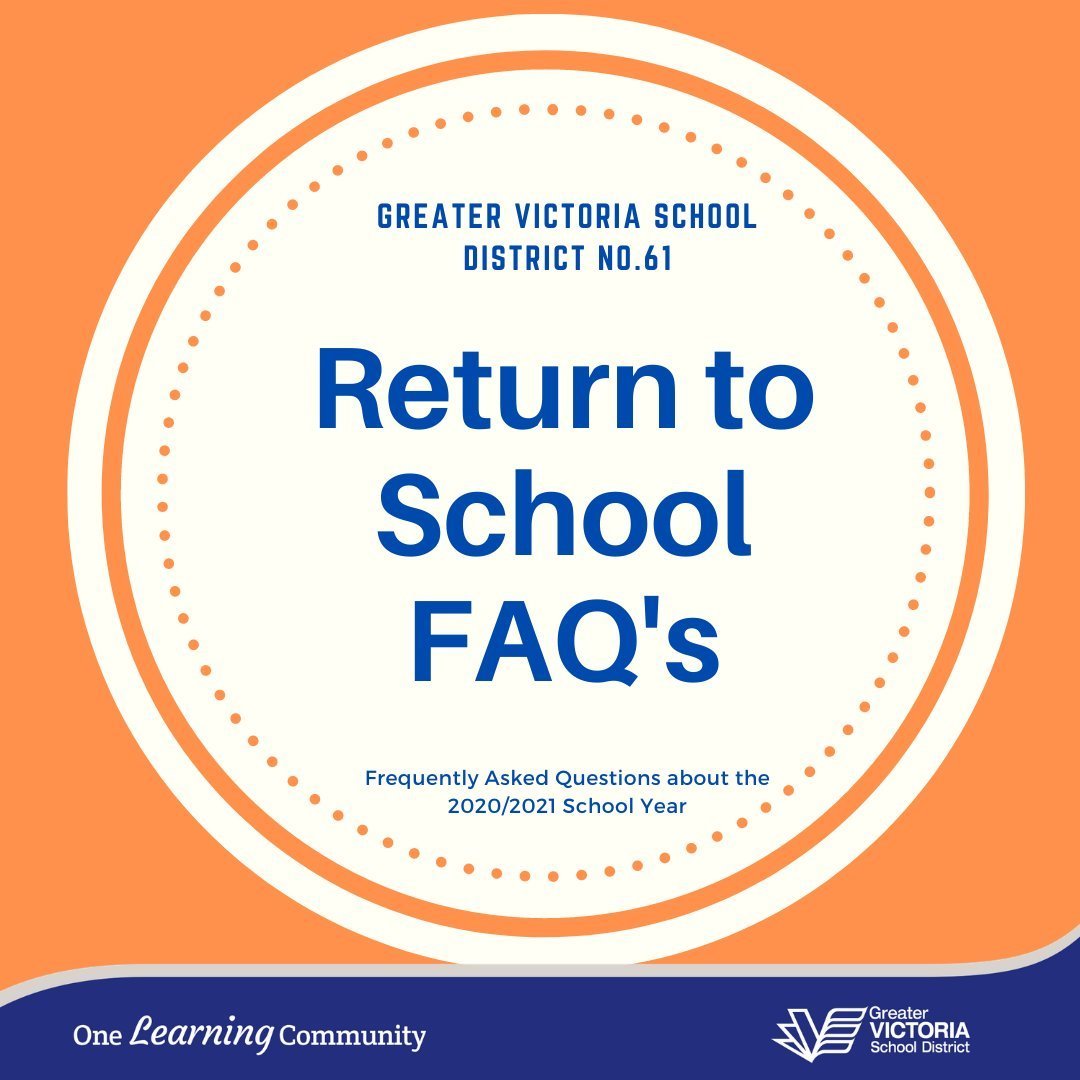
|
Greater Victoria School District FAQ's
We have compiled a series of questions that are being commonly asked by our families. This resource is intended to provide greater clarification on a variety of topics, including: Hybrid Learning, Immune Suppression,
etc. Click here to download document
|
| |
|
|
|
|
|
|
|
|
|